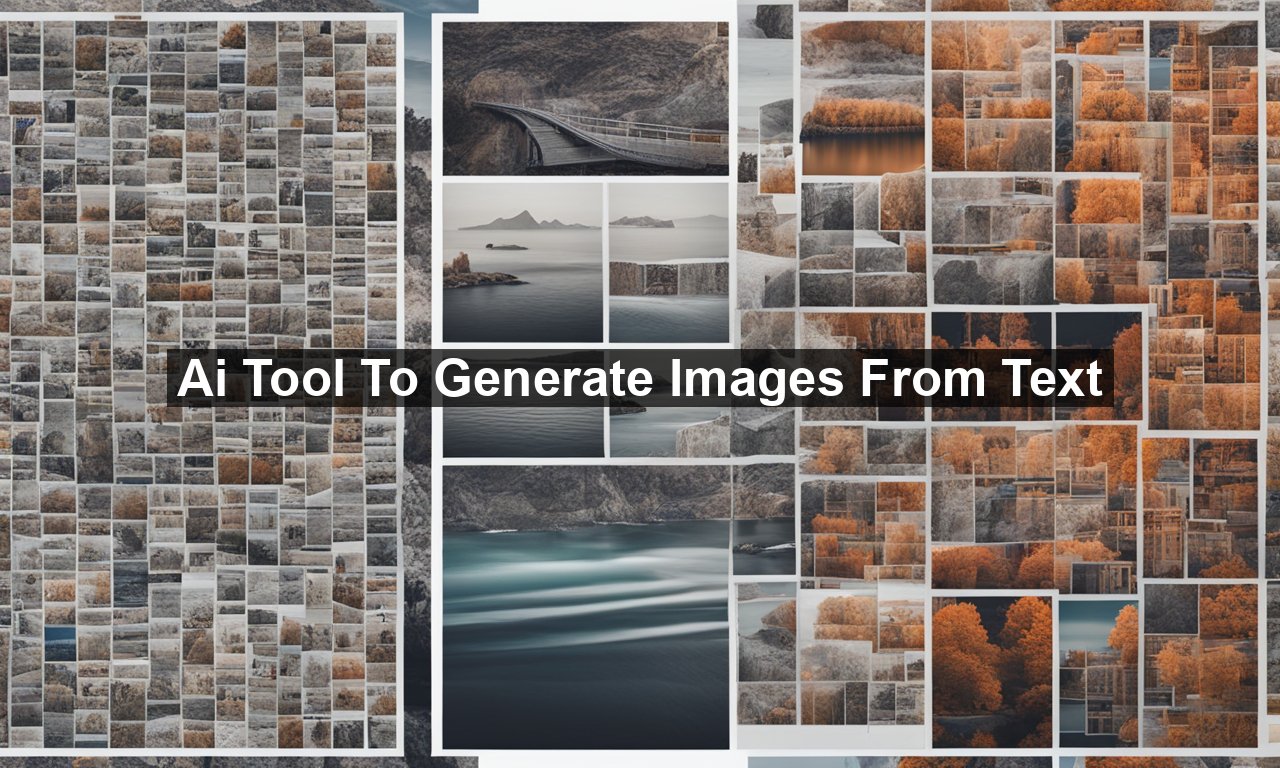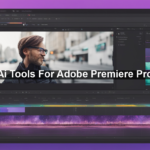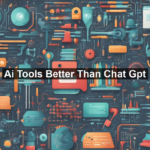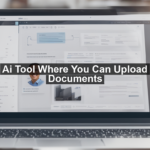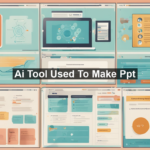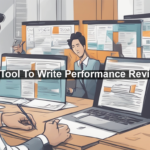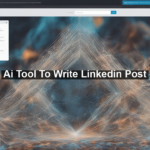Have you ever imagined a world where your words could transform effortlessly into vivid images? Welcome to the realm of AI tools that generate images from text! These cutting-edge technologies are revolutionizing the way we create and interact with visual media, opening new doors for artists, marketers, and content creators alike. In this blog post, we’ll explore the remarkable capabilities of AI-powered text-to-image generators, their significance, and how you can leverage them to bring your ideas to life. So, let’s dive in!
What Are AI Image Generators?
AI image generators are remarkable tools that leverage machine learning algorithms to produce images from text prompts. By harnessing vast datasets of images and descriptions, these AI models learn to understand the linguistic nuances and translate them into corresponding visual representations.
How Do They Work?
The backbone of these AI tools is a technology called GANs or Generative Adversarial Networks. GANs consist of two neural networks: the generator and the discriminator. The generator creates images, while the discriminator evaluates them. Through iterative learning, the generator improves its outputs until the discriminator can no longer tell the difference between real and generated images. This dynamic process helps the model learn intricate relationships between text and visual elements, resulting in stunningly accurate and often highly creative images.
Potential Use Cases
- Content Creation: Bloggers, advertisers, and digital marketers can utilize AI-generated images to enhance their visual content, making it more engaging and relatable. Imagine crafting a blog post without the hassle of searching stock photo libraries!
- Artistic Expressions: Artists can use text-to-image tools to experiment and create new forms of art, pushing the boundaries of creativity.
- Virtual Worlds and Gaming: Game developers can randomly generate landscapes, characters, or entire worlds based on descriptive narratives, significantly reducing design time.
Benefits of AI-Powered Image Generation
1. Democratizing Art and Design
AI tools make it possible for people with limited design skills to create professional-grade visuals. This democratization of design allows more people to tell their stories through vivid images, fostering creativity across various fields.
2. Time and Cost Efficiency
Traditionally, creating custom images required hiring an artist or photographer, involving considerable time and financial resources. AI image generators can produce tailor-made visuals in minutes, drastically reducing both time and costs associated with traditional methods.
3. Endless Creative Possibilities
The capacity to visualize any idea provides an enormous playground for creativity. Whether you’re an author needing a cover illustration or a marketer looking for eye-catching visuals, AI-generated images can meet your needs with precision and flair.
Top AI Text-to-Image Generators to Try
Curious about incorporating text-to-image AI in your projects? Here are some of the top platforms you should explore:
DALL-E 2
Developed by OpenAI, DALL-E 2 is renowned for its ability to generate highly detailed and imaginative images from natural language descriptions. You can read more about its fascinating capabilities here.
DeepArt.io
Known for its artistic flair, DeepArt.io transforms text descriptions into artwork styled after famous painters. This tool is perfect for anyone looking to add an artistic touch to their visuals. Discover more about it here.
NVIDIA GauGAN2
Ideal for landscape and environment design, GauGAN2 allows users to paint scenes using semantic labels. This AI tool from NVIDIA is an excellent option for game developers and architects. Learn more about GauGAN2 here.
Addressing Common Concerns
As with any emerging technology, there are questions and concerns related to AI image generators.
Ethical Considerations
One of the primary concerns involves the ethical use of AI-generated content. Misuse could lead to plagiarism, copyright infringement, or creating deepfakes. It’s crucial to use these tools responsibly and abide by content creation laws and guidelines. Platforms like IBM’s AI Ethics provide insights on ethical AI use.
Quality and Constraints
While AI-generated images are impressive, they may not always meet quality expectations or interpret complex text prompts accurately. It’s essential to refine your input text for better results and understand that these tools have certain creative limitations.
Conclusion
AI tools that generate images from text are transforming the landscape of digital creativity, offering numerous possibilities across industries. Whether you’re a content creator, designer, or just an enthusiast, these tools provide a unique and efficient approach to visual storytelling. By understanding and leveraging their potential, you can open new creative doors and bring your ideas to vibrant life.
Ready to explore the future of image creation? The journey is just beginning, and the canvas is yours to define!
